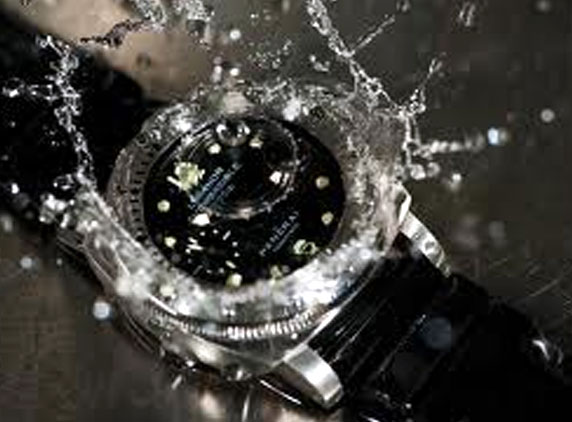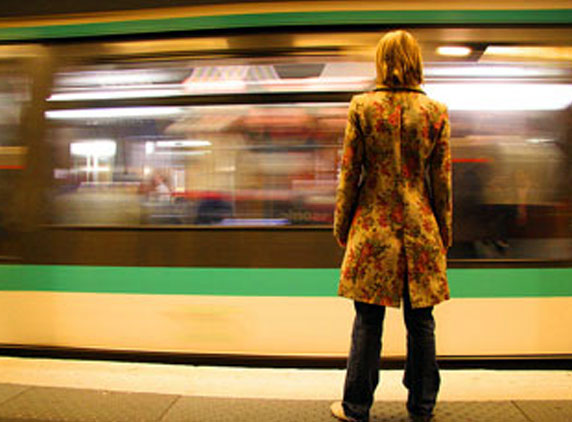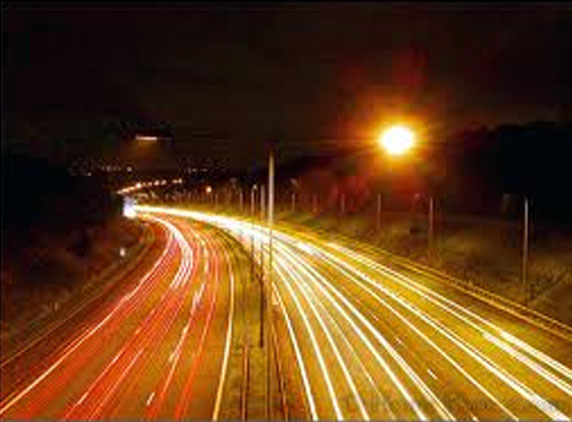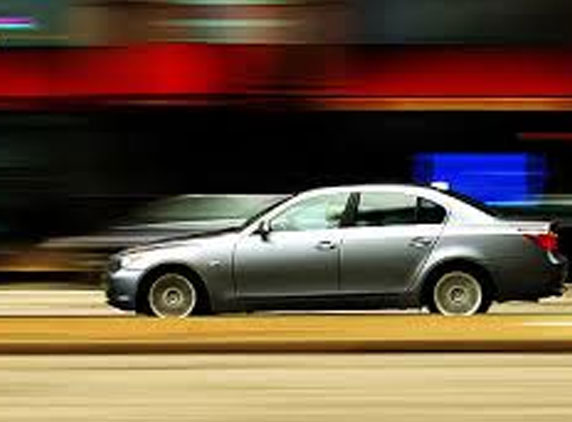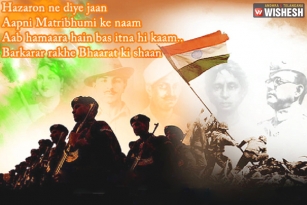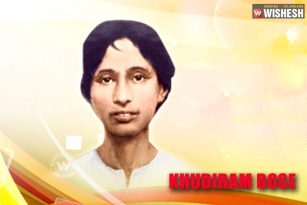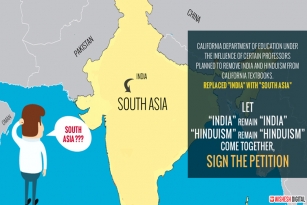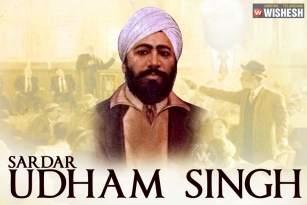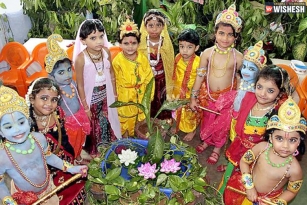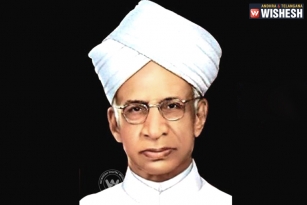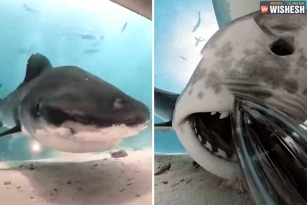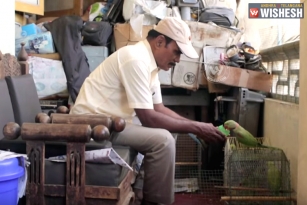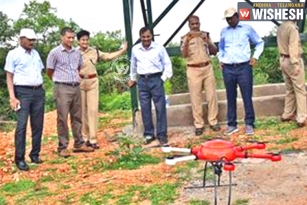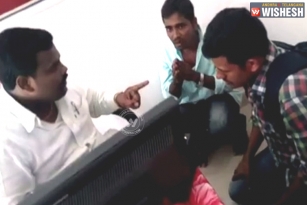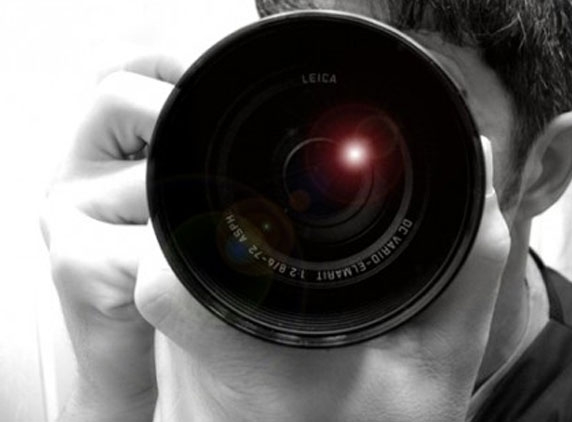
Hello, fellow shutterbugs, have you been trying out the tips from the past lesson in your photoshoots? For those who were not present for the first session here is the link to familiarize yourself with.
Now I will assume that you have learnt the basics from lesson 1 and we shall continue further to learn more about Aperture control, shutterspeed and ISO for getting better exposure.
Aperture can help you draw attention to one subject or allow you to see all the details in the picture whether it is wide or narrow respectively. With a shallow depth of field, your photos will have less ambiguity on what to focus in the photo while the ones with a deeper depth of field may bring beauty with the background subjects, or in landscapes etc.
Now lets move on to Shutter Speed: What is shutter speed? When you click a picture, the time for which the shutter (the part that allows light to fall on the camera sensor) remains open is the Shutter speed. Imagine this as a pail that is allowed to catch water. The longer you let the pail out in the rain the more the water collected. More shutter time = more light. But bear in mind, the sensor will collect all the light during the time. If a person is moving, the shutter will capture the light from his body all through out the time when the shutter is open, resulting in blur.
Sharp photos are taken in fractions of seconds generally. Sports photos need minutest fractions of a second for sharp pictures.
There are some pictures that need you to react very quick and the action lasts for a very very short time like the one above. With ample light, and the shortest shutterspeed achievable in those light conditions, you can have great pictures that are similar to this one and very unreal.
While low light photography can be benefited by the low shutterspeed if the subject is static like a landscape or the sky or fireworks etc. Interesting photos like the one below can be taken with a low shutter speed. Get the idea?
Light trails etc are the most popular low shutterspeed photographs on the internet.
You can adjust your shutterspeed in the S or Tv mode on your camera while it will automatically choose an aperture for your light requirements. Take more control over the photograph with M mode where you can select both aperture and shutter speed.
Remember the water pail in rain analogy? Let's change that a little: Bigger pail for longer in the rain is more water and a smaller pail for a very long time can have even more water. Simple?
Since you have grasped the basic idea of shutterspeed. Let me teach you an advanced technique. Panning.
Panning is.... ok no technical gibberish, let me show you a picture since a picture speaks ten thousand words; yes I love to exaggerate but this is absolutely true.
The subject is in sharp focus with the rest of the details completely blurred, not only does it add a drama to the picture telling a different story in itself but it also moves into helps you to concentrate on the subject.
As you can see, this is a low shutterspeed technique but how is the car in sharp focus. Simple, answer is Einstein. Yes, friends, simple relativity, if the car is not stable, move your camera along too so they are relatively stationary. That way, when you track the subject with your camera and the background details are not stationary relatively, you have a brilliant picture. Use a monopod or a tripod for such pictures to restrict vertical motion.
Stop reading now and test your knowledge out in the world which presents you with ample opportunities to capture. Some of the best pictures come out in your backyard so no excuses. Keep following us for more.
Photography Tip of the day: Always underexpose by 2/3rd of a stop when you shoot in bright sun or broad daylight.
(AW- Anil)


